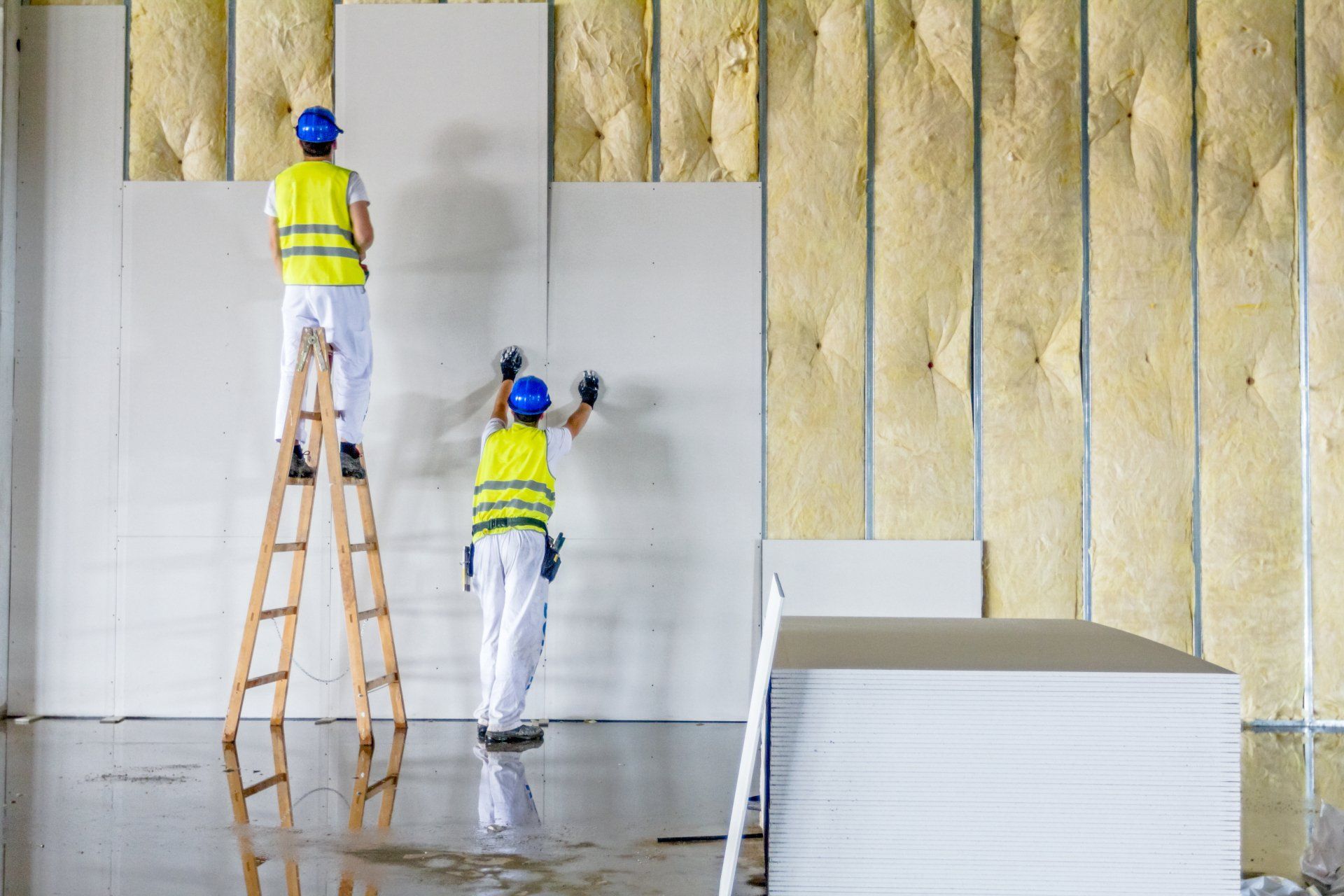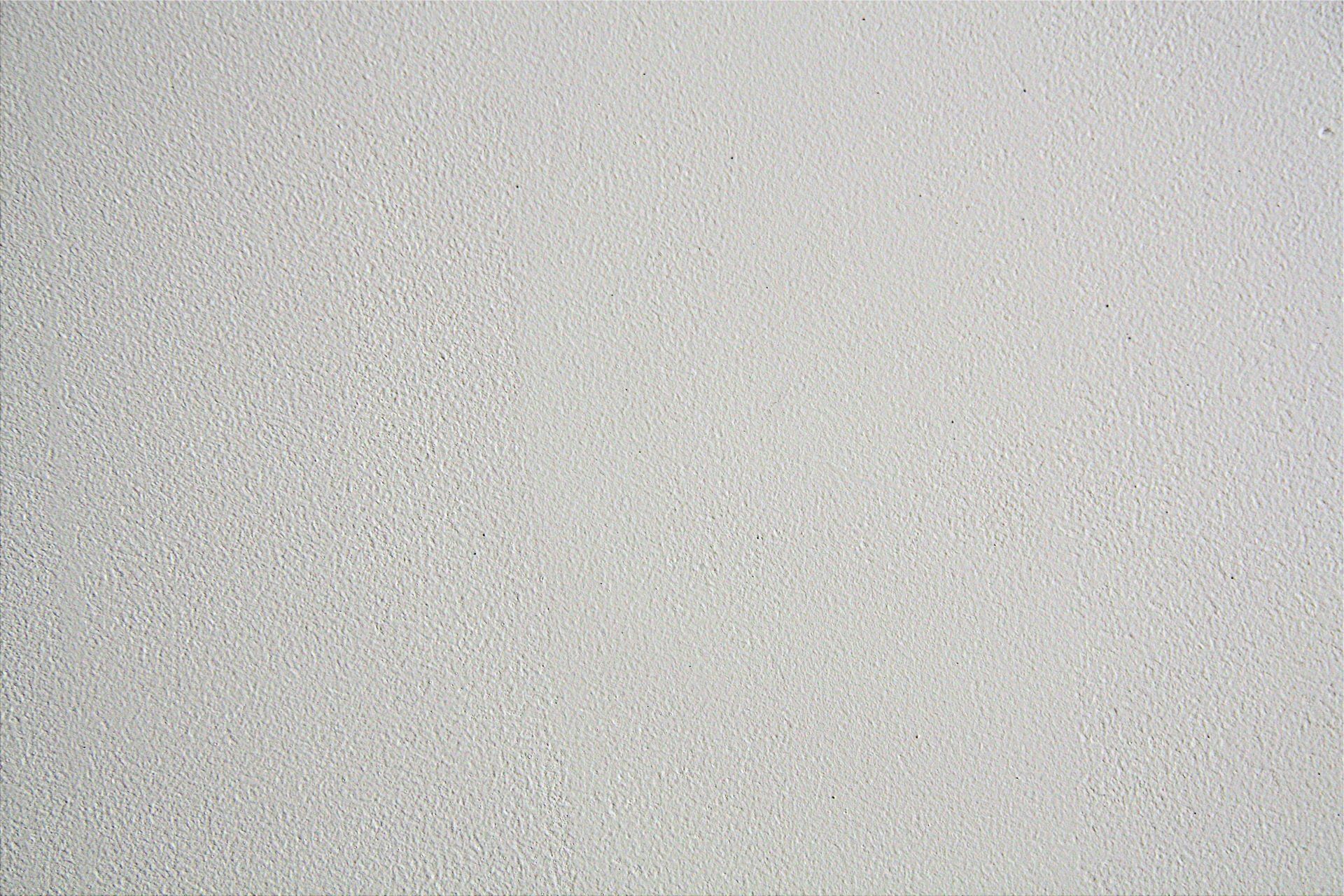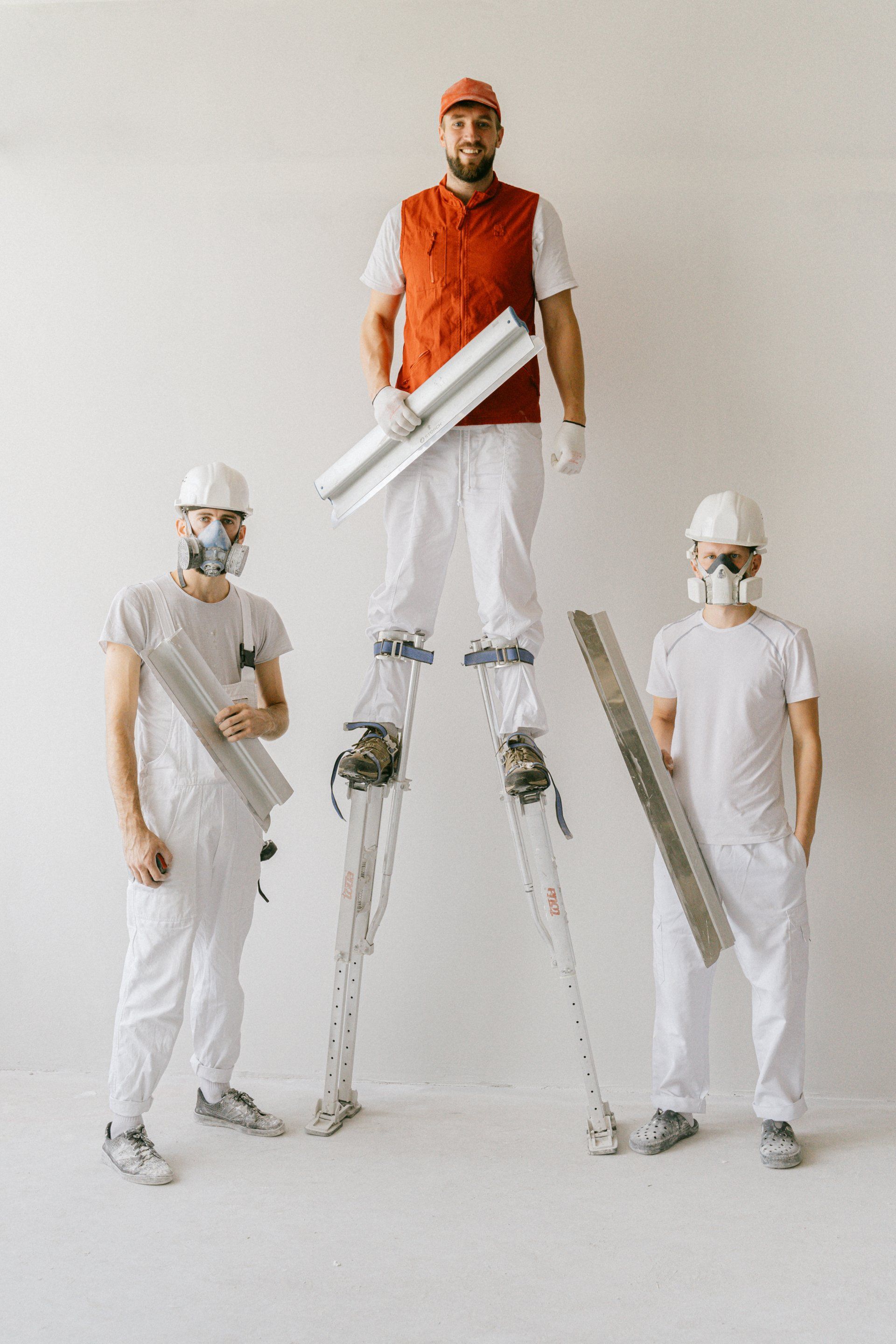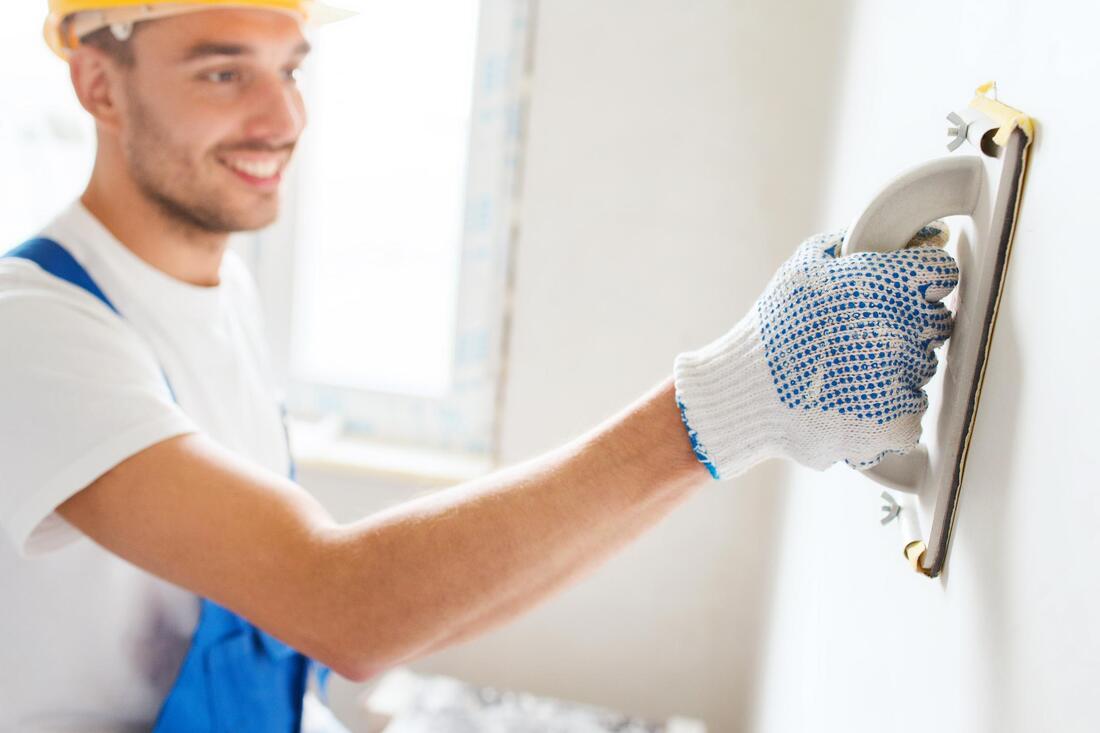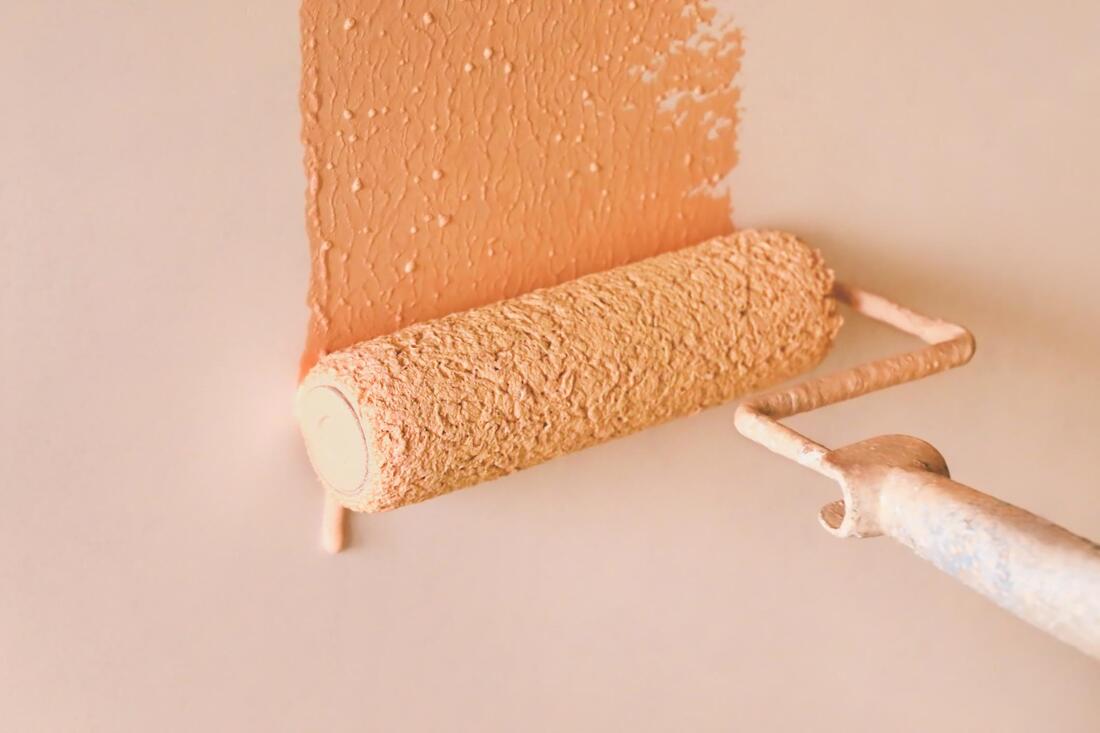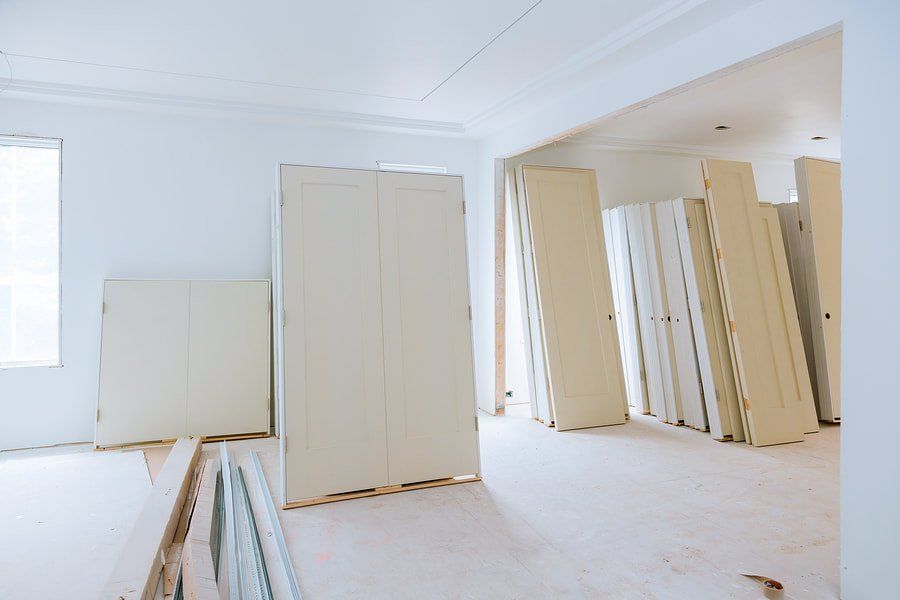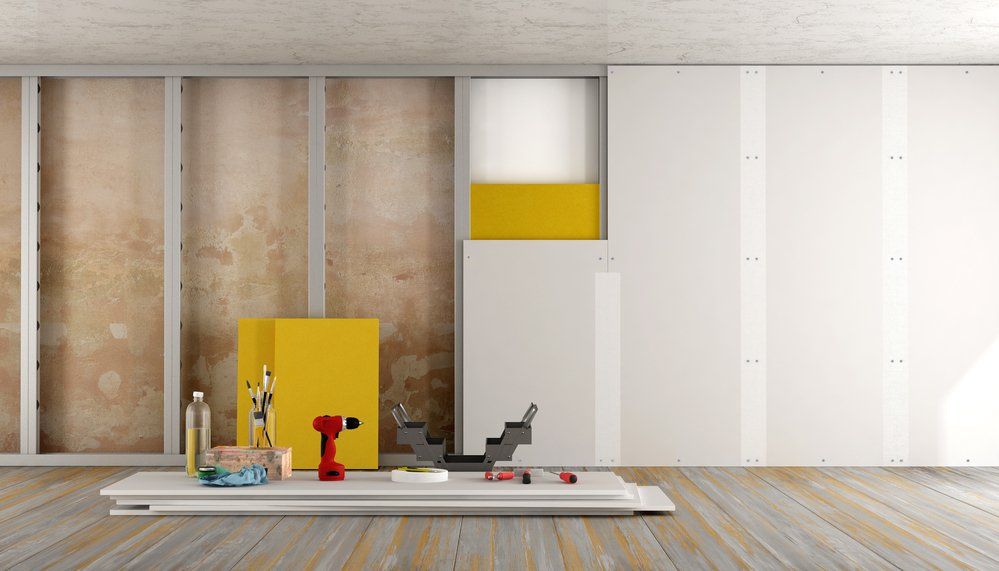Drywall Options Throughout Walls
The Best Drywall Options for Your Walls
Drywall is the first option when it comes to choosing materials for your interior wall covering. This wall material is versatile, especially when installing drywall access panels bead flange for your mechanical systems. Although it is cheap and easy to work with, drywall installation can be tricky, involving taping, mudding, and sanding. The last step is the most excruciating one since it creates clouds of fine dust. It can be tricky trying to figure out the secrets to clean finish drywall.
In addition, drywall creates a hollow sound when bumped, disturbing the occupants inside your establishment. It also does not hold well when it comes to water damage or in high-traffic areas. When dealing with renovation or any construction project, choosing the suitable wall material is a vital decision that can affect the whole ambiance of your room. So, if you're looking for other alternatives from the ordinary drywall, here are some other materials you can check out;
1. Wood Planks
If you want to achieve a rustic look for your room, then this option is your go-to. This cost-effective solution is also preferable to
drywall when you want to have a country-style home. The wood planks are excellent options since you can install these without having any trouble. Wood planks aren't as easy to work with compared to the other option, but they won't be too difficult to figure out. This material usually offers you many options too. It means you can choose from many different types of wood to achieve the desired look for your establishment or home.
2. Plastic Panels
Plastic panels are perfect if you want a more versatile alternative. The tongue and groove wall panel is straightforward to install. You can easily lock this material into place, and it will be good to go. People typically use plastic wall panels to cover up drywall that has been injured or damaged. Even still, this is an excellent option if you need a drywall alternative. Unfortunately, The most excellent plastic panels on the market may be on the pricier side. But, you can still find more inexpensive options. Unfortunately, these are a little less desirable than the tongue and groove plastic wall panel.
3. Plywood
Plywood will undoubtedly be your first option if you try to build your walls as inexpensively as possible. It can be purchased at a highly affordable price and is pretty easy to work with overall. This will be among the most accessible materials to build a wall when you don't have much experience. All you have to do is effortlessly screw the wall into place. Since plywood is so easy to work with, you don't need to be an experienced primary builder to use it. It's a very inexpensive material that can save you time and money when you're building walls.
Unfortunately, This isn't going to be relatively as easy to use as drywall. Drywall has some efficient features, such as being fire resistant and having a more natural look. Plywood is a great option, but it isn't preferable to drywall unless you need to cost-cut expenses. It will depend on your budget and your comfort level when it comes to using drywall.
4. Veneer Plaster
Veneer plaster surprisingly has a much better surface for
interior walls rather than the ordinary drywall. Typically, you apply this material with a plaster-ready gypsum board. It's harder and smoother than drywall. But you might have to ask someone for assistance because installing it requires excellent trowel skills. It's also a good option if you are looking for an alternative to refurbishing your old walls. Instead of ripping out the walls, apply veneer plaster on top with a bonding agent. All in all, this is an outstanding surface but more costly than drywall alone.
5. Pegboard
Pegboard is convenient to use, and you'll be able to use it to add extra storage space to a room. People often use pegboard walls in garages to have a spot to hang their tools. All that you need to do is fasten the pegboard to the studs. You won't have to do any complicated finishing process either. This material may not give you a lot of visual designs to choose from, so you likely won't want to use a pegboard inside your home. Pegboards are relatively easy to install because you will only need to screw them in place. Utilizing pegboards are great when you have a garage area or some other type of workshop area. Although, This drywall alternative is only desirable in particular instances. You won't want to have a pegboard wall in your living room. You can decide to use pegboard walls wherever and whenever you want to, but it wouldn't exactly look natural in most settings.
6. Lath and Plaster
Lath and plaster was previously a very prevalent option for building walls before drywall. In complete honesty, this is not the simplest way to do things, but it will be effective. You can create a lovely border, and it will even be convenient for installing insulation so long as you plan. The overall design that you can have with lath and plaster walls is equally impressive. If you want to create a wall that will look nice in your home, then this is something that you should consider. If you are looking for another best option rather than the ordinary drywall to eliminate the hassle, this option isn't what you would prefer. Unfortunately, It takes too long to build a wall using this method for most people. This option isn't the most practical way to do things to save yourself some time and money.
Looking for suitable material for your walls may be a challenging task, but there are still many options available if you're looking for other alternatives for drywall. The key to choosing the suitable wall material for your home or establishment is to check and follow the following factors: durability, efficiency, versatility, price, and most significantly, the
aesthetic appeal it provides for the room.
